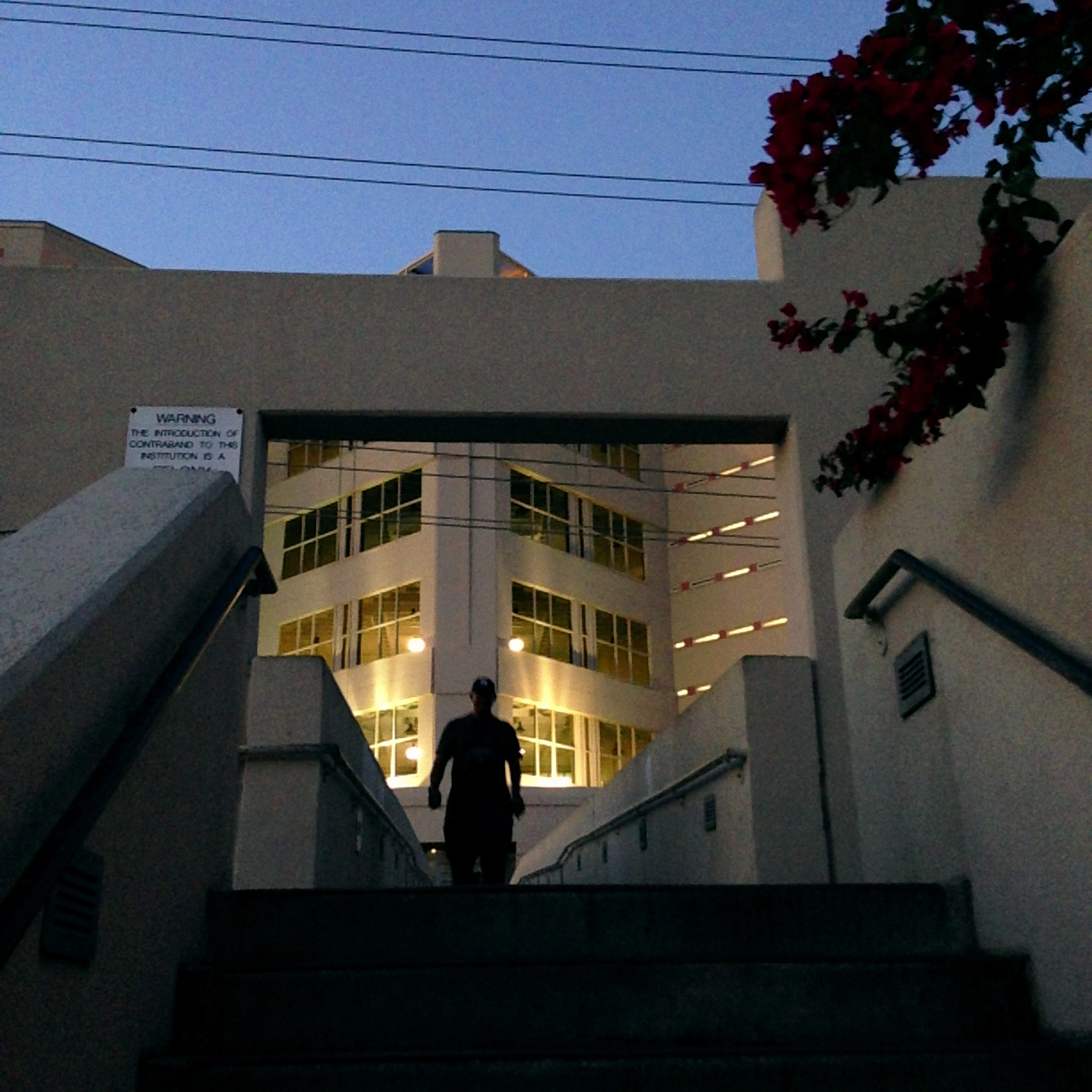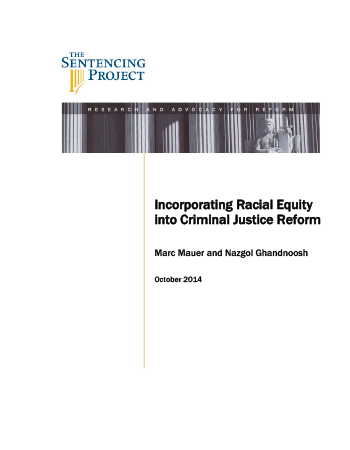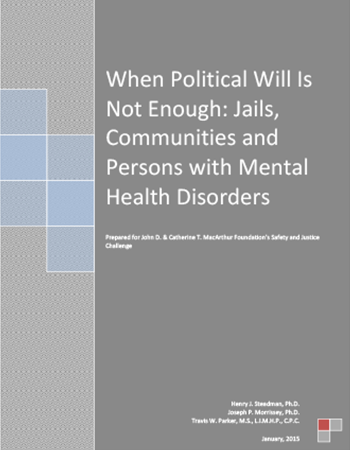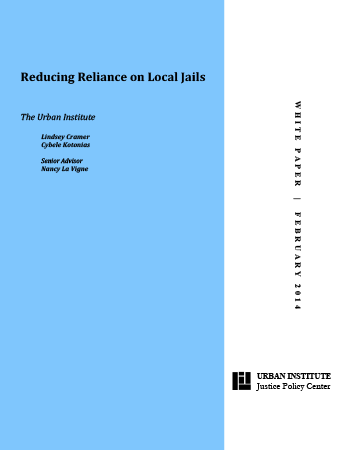Data Analysis Interagency Collaboration Jail Populations May 21, 2015
When the MacArthur Foundation announced the Safety and Justice Challenge competition in February of this year, we hoped to hear from jurisdictions across the country with the motivation and commitment to create meaningful criminal justice reform. We were looking for partners who would create solutions where our criminal justice system begins: on the local level, and in our jails. While we expected a strong show of enthusiasm for this project, we were overwhelmed by the response we received.
Nearly 200 applications were submitted from jurisdictions spanning 45 states and territories in response to our call for proposals. They exhibited a commitment to collaboration, an understanding of the need for homegrown solutions, a motivation to address racial fairness, and a widespread appetite for local reform. With the help of an external team of expert reviewers, we undertook the daunting task of selecting from among them to form the Safety and Justice Challenge Network.
The 20 Challenge Network sites announced today represent jurisdictions across America. They range in size from large cities like Los Angeles and New York to small localities like Mesa County, CO, and Pennington County, SD. Their jail capacities range from 239 beds in Mesa County to as many as 21,951 beds in Los Angeles County. Together, the jurisdictions represent 11 percent of the nation’s jails capacity, which means that the Challenge has the potential to have a direct impact on a large segment of today’s jails population.
In the next six months these Network jurisdictions will work in partnership with some of the nation’s leading criminal justice organizations—the Institute for State and Local Governance at the City University of New York, Center for Court Innovation, the Justice Management Institute, Justice System Partners, and the Vera Institute of Justice—to generate actionable plans for reducing incarceration and creating fairer and more effective local justice systems. They will focus on understanding who is in their jails, why, and whether there are racial or ethnic disparities in jail usage or experience. They will propose new approaches and innovations, including alternatives to incarceration as usual that can be developed, tested, and adopted on a larger scale. They will explore better ways of targeting resources and assessing risk, to ensure that confinement is used only where necessary. They will do all of this while maintaining an emphasis on public safety.
Many of these jurisdictions have made strides in local justice reform already. Their work in the next several months will explore how to build upon that progress. All sites will turn an eye toward collaboration across their justice systems, seeking to foster the partnerships among judges, law enforcement, prosecutors, defenders, and community leaders that are necessary for meaningful, lasting change.
The aim is that over time this collective work will create national demand for local justice reform as a means of reducing over-incarceration in America. We look forward to sharing our successes and what we learn as we go through this blog and website—which also hosts the latest research on jails—that will serve as a home for the Challenge Network and as a source for the public to follow and participate in this necessary conversation.






